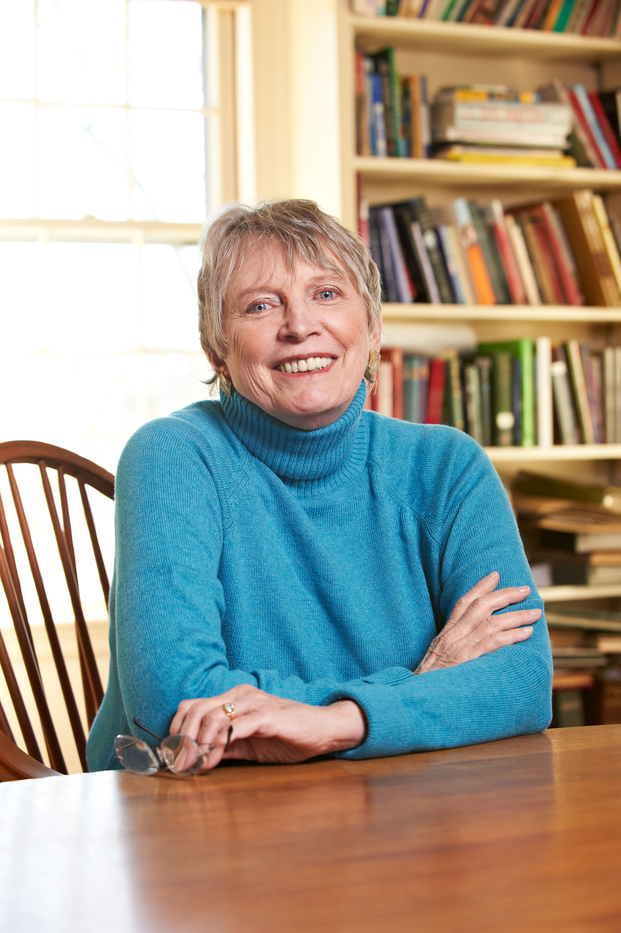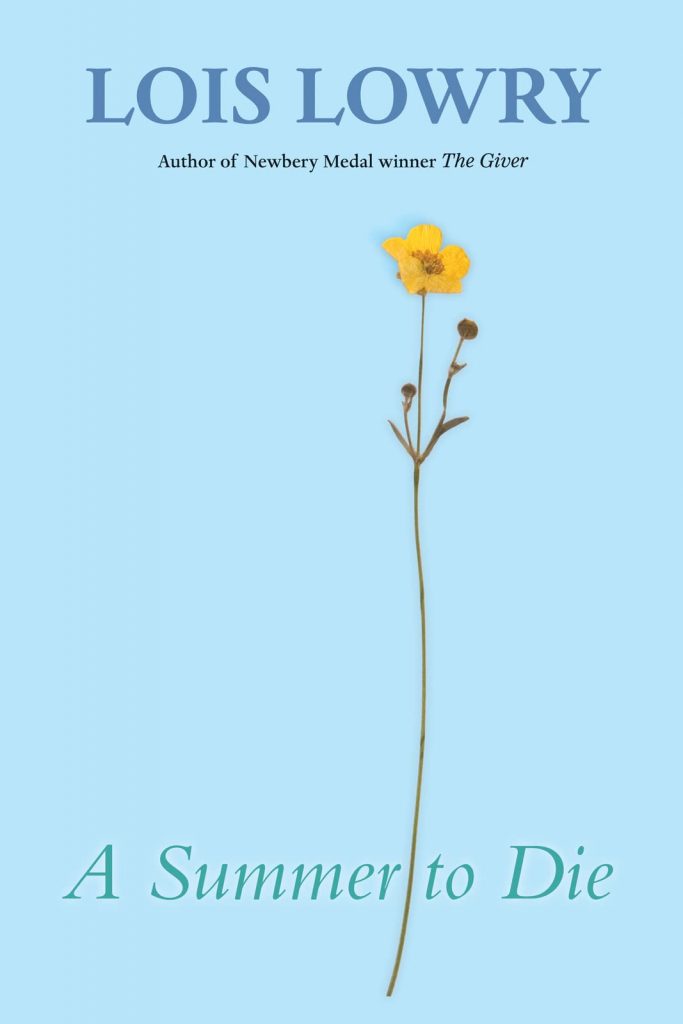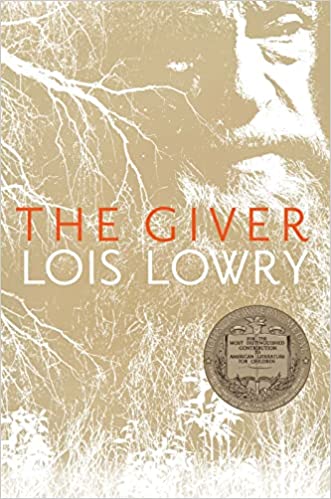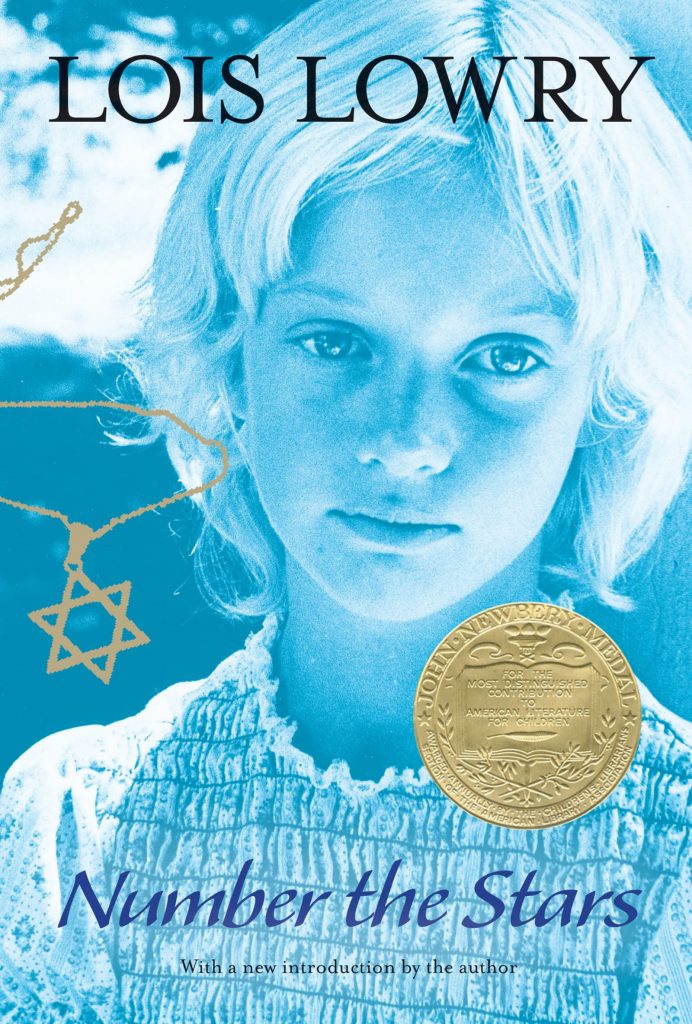On Lois Lowry

CBC’s new History is Lit series will explore literary history, book lore, ancient storytelling, and any place where stories and yesteryear meet.
Lois Lowry based many of her characters and stories on her own experiences. She brings a depth of truth to her storytelling that connects with readers in a profound way. I was one of those readers. Lowry spoke about my experiences.
Lowry was born on March 20, 1937 in Hawai’i and wanted to be a writer from a young age. She was an army brat and moved around quite a bit. She started college but dropped out to marry naval officer Donald Lowry. After traveling with her husband while writing as a hobby for a few years, she decided to finish school and pursue a career as an author. In the late 70s, she published her first novel, A Summer to Die, based on her sister’s death.

In 1989, Lowry won the Newbery Award for Number the Stars, a World War II story about the Nazi takeover of Denmark. A few years later, she wrote The Giver, arguably her most famous novel, which presents a dystopian future where control comes via the restriction of memories. Lowry won the Newbery again for The Giver. The controversial topics she addressed (violence, sexual content, euthanasia) have made it one of the most banned books in the U.S. Despite these censorship efforts, the book continues to provide a vital look at ourselves and our society. Lowry added to this dystopian story with subsequent books, Gathering Blue (2000), The Messenger (2004,) and Son (2012).
Throughout the decades, Lowry continues to write inspired by her life and her losses, she infuses her stories with meaning by drawing from universal experiences–like the 1998 memoir Looking Back, which she wrote for her granddaughter after the loss of her son (a U.S. Air Force pilot). Some of her stories touch on her life and her military upbringing while others have humorous characters. Her multifaceted writing is where Lowry excels; she can at times connect with hard realities and at other times entertain.
Books that bring to life characters who feel, laugh, crumble, and rise to life’s hardships raise the discourse within children’s literature and allow us to face and deal with life. Stories that make us laugh, cry, worry, and emote are the catalysts we need to learn to navigate this complicated, infuriating, but ultimately joyful and fulfilling life.



Find more at her website.
CBC’s resident history and yesteryear explorer, Laura Peraza, takes you back in time. Check out other series on our blog and our Reader Resources for more books and materials.

